Home>Garden Essentials>How Many Square Feet Does A Wildflower Seed Packet Cover?
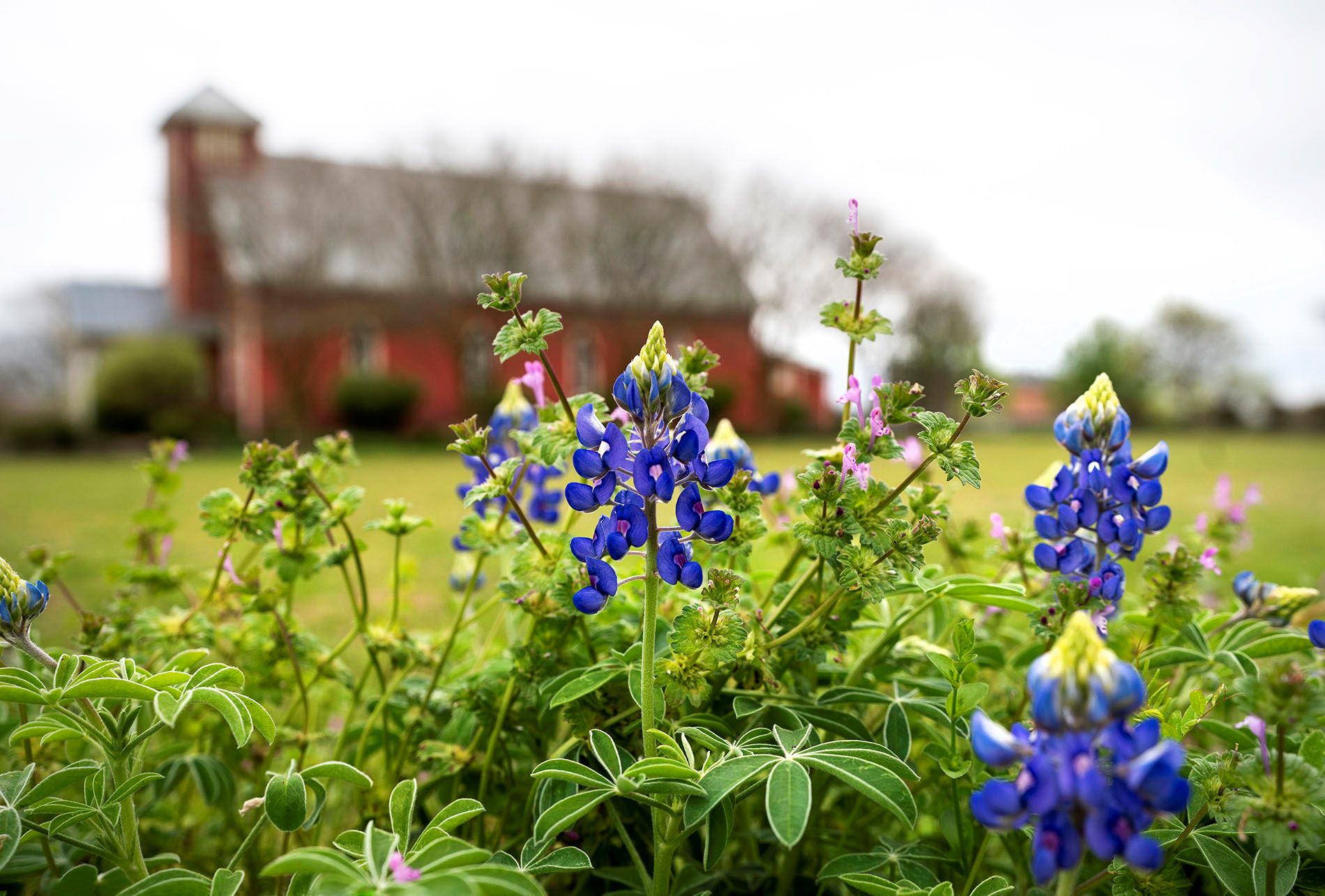

Garden Essentials
How Many Square Feet Does A Wildflower Seed Packet Cover?
Modified: October 20, 2024
Discover the perfect garden companion with our wildflower seed packet, containing enough seeds to cover a specified area in square feet. Enhance your garden effortlessly with an abundance of vibrant wildflowers.
(Many of the links in this article redirect to a specific reviewed product. Your purchase of these products through affiliate links helps to generate commission for Storables.com, at no extra cost. Learn more)
Introduction
Wildflowers are a vibrant and beautiful addition to any garden, bringing a touch of natural beauty and attracting pollinators like bees and butterflies. If you’re considering adding wildflowers to your garden, you may have come across wildflower seed packets. These handy packets contain a mix of different wildflower seeds, allowing you to easily sow a variety of flowers in your garden.
One question that often arises when using wildflower seed packets is how many square feet of coverage you can expect from one packet. Understanding the square footage coverage of a wildflower seed packet can help you plan your garden and ensure you have enough seeds for the desired area.
In this article, we will delve into the world of wildflower seed packets and explore how many square feet they typically cover. We will also discuss the factors that can affect the coverage, as well as provide some tips for using wildflower seed packets efficiently. So, let’s get started!
Key Takeaways:
- Wildflower seed packets typically cover 6 to 10 square feet, with 10-15 seeds per square foot. Consider seed count, spacing, and plant variety for optimal coverage.
- Choose the right wildflower seed packet, prepare the soil, follow sowing instructions, and provide proper care for a successful and vibrant wildflower garden.
Understanding Wildflower Seed Packets
Wildflower seed packets are small envelopes that contain a mix of different wildflower seeds. They are designed to make it easy for gardeners to sow a variety of flowers without the need to purchase individual seed packets for each flower type. Wildflower seed packets typically include a blend of annuals, perennials, and biennials, providing a diverse and colorful display in the garden.
Wildflower seed packets often come with a description or illustration on the front, showcasing the types of flowers you can expect to grow from the seeds inside. The back of the packet usually contains instructions on how to sow the seeds, including the recommended time of year and planting depth.
It is important to note that wildflower seed packets are not standardized when it comes to their contents. Different companies may offer different mixes and seed quantities in their packets. Some packets may contain a higher number of seeds, while others may have a smaller quantity but a wider variety of flower types.
When selecting a wildflower seed packet, it is a good idea to read the seed varieties included in the mix and choose one that suits your preferences and garden requirements. Some packets are specifically designed for full sun areas, while others may be more suitable for shady spots or specific regions.
Overall, wildflower seed packets are a convenient and cost-effective way to introduce a variety of flowers to your garden. They offer a beautiful and diverse display of colors and shapes, attracting pollinators and adding a touch of whimsy to any landscape.
What is a Square Foot Gardening Method?
Square foot gardening is a popular gardening method that maximizes space utilization and promotes efficient planting. This method was developed by Mel Bartholomew in the 1980s and has gained popularity for its simplicity and effectiveness.
The concept of square foot gardening revolves around creating small, raised garden beds divided into square-foot sections. Each square foot serves as a designated area for planting a specific crop or plant. This method allows gardeners to grow a variety of vegetables, herbs, and flowers in a compact space, making it ideal for those with limited yard areas or urban gardens.
In square foot gardening, the garden bed is typically constructed using a wooden frame or concrete blocks. The bed is then filled with a mixture of soil, compost, and other organic matter to create a fertile and nutrient-rich growing environment.
The key principle behind square foot gardening is intensive planting. Instead of traditional row planting, where plants are spaced further apart, square foot gardening involves planting crops closely together within each square foot. This maximizes space utilization and minimizes weed growth, enabling higher yields in a smaller area.
Each square foot is meticulously planned to accommodate a certain number of plants, depending on their size and spacing requirements. For example, larger plants like tomatoes or cucumbers may occupy one square foot, while smaller herbs or lettuce may be planted in multiples within a single square.
Another characteristic of square foot gardening is the use of companion planting. This technique involves strategically planting compatible crops together to enhance their growth and ward off pests.
The square foot gardening method also emphasizes proper soil management and crop rotation. By maintaining balanced soil fertility and rotating crops annually, gardeners can minimize pests and diseases while promoting long-term soil health.
Square foot gardening is praised for its efficiency, ease of maintenance, and suitability for beginners. It allows for easy access to plants, minimizes water and fertilizer use, and reduces the need for extensive weeding.
Overall, square foot gardening offers a practical and productive way to grow a variety of plants in a limited space. It is a versatile gardening method that can be adapted to fit any backyard or even used in container gardening for those with no garden space at all.
How Many Seeds are in a Wildflower Seed Packet?
The number of seeds in a wildflower seed packet can vary depending on the brand, seed mix, and the size of the packet. Typically, a wildflower seed packet contains anywhere from a few dozen to a few hundred seeds. However, some packets may contain even more seeds, especially if they are meant to cover a larger area or if they contain a diverse mix of flower varieties.
It is important to note that the number of seeds in a packet does not necessarily indicate the coverage area. Instead, it represents the quantity of seeds available for sowing. The coverage area of a wildflower seed packet is determined by several factors, which we will discuss in more detail later.
The number of seeds in a wildflower seed packet may also depend on the type of wildflowers included. Some varieties may produce more seeds per plant, resulting in a higher seed count in the packet. Additionally, some packets may contain a higher proportion of annuals, which tend to produce a larger quantity of seeds compared to perennials or biennials.
If you are specifically looking for a larger number of seeds, there are companies that offer seed packets with an increased seed count. These packets are designed for larger areas or for gardeners who want to achieve a denser wildflower display.
When selecting a wildflower seed packet, it’s essential to consider your specific needs and the size of your garden area. If you have a small garden or a limited space for planting, a packet with a smaller seed count can still provide ample coverage. On the other hand, if you have a larger area to cover or want a more dense and abundant display, opt for a packet with a higher seed count.
Ultimately, it’s crucial to read the information provided on the seed packet to determine the number of seeds it contains. Remember that the quantity of seeds is just one factor to consider when planning your wildflower garden.
Check the label on the wildflower seed packet for the coverage area. Typically, a small packet covers about 5-10 square feet, while a larger packet can cover up to 100 square feet.
Determining the Square Feet Coverage of a Wildflower Seed Packet
Determining the square feet coverage of a wildflower seed packet involves considering several factors, including the number of seeds, recommended spacing, and the growth habit of the included wildflower varieties. By understanding these factors and doing a bit of calculations, you can estimate how much area a particular seed packet can cover.
The first step in determining the coverage is to check the information provided on the seed packet. Some manufacturers may mention the estimated coverage area or provide a recommended planting density. However, if this information is not provided, you can make an estimate based on general guidelines.
One common guideline is to aim for a planting density of around 10 to 15 seeds per square foot. This spacing allows enough room for the flowers to grow and spread, resulting in a natural-looking display. So, if your packet contains 100 seeds, it can potentially cover an area of 6 to 10 square feet.
Another way to estimate the coverage is to consider the growth habit and recommended spacing for each wildflower variety in the packet. Some wildflowers, like sunflowers or cosmos, require more space to grow, while others, such as baby’s breath or forget-me-nots, can be planted closer together. Research the specific spacing requirements for each variety and calculate the total area accordingly.
It’s important to note that wildflowers have varying germination rates, and not every seed may germinate successfully. To account for this, it is recommended to slightly increase the number of seeds planted per square foot, ensuring a more even and full coverage.
Additionally, consider the desired density and visual effect you want to achieve in your garden. If you prefer a more lush and dense display of wildflowers, you may need to adjust the spacing and potentially plant more seeds per square foot.
Calculating the coverage area of a wildflower seed packet may involve some experimentation and adjustment based on personal preference and the specific growing conditions of your garden. Remember that these estimates are rough guidelines, and it’s always a good idea to have a few extra seeds on hand to fill in any gaps or sparse areas.
By considering the number of seeds, recommended spacing, and your desired density, you can determine the square feet coverage of a wildflower seed packet and plan your garden accordingly.
Factors that Affect the Square Feet Coverage
Several factors can influence the square feet coverage of a wildflower seed packet. Understanding these factors will help you plan your wildflower garden more effectively and achieve the desired coverage and density.
1. Seed Variety: Different wildflower species have varying growth habits, sizes, and spreading capabilities. Some varieties may naturally cover more area as they grow and spread, while others may stay more compact. Understanding the growth habits of the included seed varieties in your packet will give you an idea of how much area they can potentially cover.
2. Spacing: The spacing between seeds or plants plays a crucial role in determining the coverage area. Closer spacing will result in a denser coverage, while wider spacing will allow the plants to spread out more. Consider the recommended spacing guidelines provided for each wildflower variety in your seed packet and adjust accordingly.
3. Germination Rate: Germination rates can vary among different seed varieties and even among seeds of the same variety from different batches. If the germination rate of the seeds in your packet is low, you may need to plant more seeds per square foot to ensure sufficient coverage.
4. Soil Fertility and Conditions: The fertility of the soil and its nutrient content can influence the growth and development of your wildflowers. Healthy, nutrient-rich soil can support more robust and productive plants, resulting in a fuller coverage. It’s essential to prepare your soil properly and provide adequate nutrients to ensure the best growth and coverage.
5. Environmental Factors: Environmental factors such as sunlight, temperature, rainfall, and humidity can also impact the growth and spreading of wildflowers. Different varieties have different preferences for these conditions, and some may thrive better in certain climates or regions. Understanding the environmental requirements of the seed varieties in your packet will help you plan for optimal growth and coverage.
6. Maintenance and Care: Proper maintenance and care, including watering, weeding, and controlling pests, can contribute to the overall health and coverage of your wildflowers. Regular maintenance practices will help ensure that your plants stay healthy and vigorous, maximizing their coverage potential.
Taking these factors into account and planning accordingly will help you estimate the square feet coverage of a wildflower seed packet more accurately. Remember that these factors can interact with each other, and it may require some experimentation and adjustment to achieve the desired coverage and density.
Tips for Using Wildflower Seed Packets Efficiently
Wildflower seed packets are a convenient and cost-effective way to add a variety of beautiful flowers to your garden. To make the most out of your wildflower seed packets and ensure successful growth and bloom, here are some tips for using them efficiently:
1. Choose the Right Packet: Select a wildflower seed packet that suits your garden’s specific conditions, such as sun exposure, soil type, and climate. Different packets may contain varieties that are better suited for sun or shade, specific soil pH levels, or certain regions. Understanding your garden’s conditions will help you choose the right packet for optimal growth.
2. Prepare the Soil: Before sowing the seeds, prepare the soil by removing any weeds, loosening it with a garden fork or tiller, and adding organic matter or compost. Wildflowers thrive in well-drained, fertile soil, so ensure a good growing environment for successful seed germination and growth.
3. Follow Sowing Instructions: Take the time to read and follow the sowing instructions provided on the seed packet. It may specify the best time of year for planting, the recommended planting depth, and any other specific instructions. Adhering to these guidelines will increase the chances of successful growth.
4. Consider Seed Stratification: Some wildflower seeds require a period of cold stratification before germination. This process simulates the natural winter conditions that trigger the seeds to sprout in the spring. If your seed packet contains species that need stratification, follow the recommended method before sowing the seeds.
5. Optimal Spacing: Pay attention to the recommended spacing guidelines for each variety in your wildflower packet. Proper spacing ensures that each plant has sufficient room to grow and prevents overcrowding. It also allows for easier maintenance and airflow around the plants, reducing the risk of diseases.
6. Watering: Ensure consistent moisture during the germination and early growth stages of your wildflowers. Water gently to avoid displacing the seeds or causing soil erosion. Once established, monitor the soil moisture and water as needed, aiming to keep the soil evenly moist but not waterlogged.
7. Weed Control: Keep an eye out for weeds that may compete with your wildflowers for nutrients and space. Regularly inspect your garden and carefully remove any weeds, being mindful not to disturb the wildflower seeds or young plants.
8. Provide Support: Some tall or sprawling wildflowers may benefit from support, such as stakes, trellises, or cages. Be proactive in identifying which varieties may require support and provide it early in their growth to prevent any damage or bending.
9. Patience and Maintenance: Wildflowers may take some time to establish and bloom. Be patient and continue providing proper care, maintaining weed control, and watering as needed. Regularly deadhead spent flowers to encourage continuous blooming and prevent self-seeding from taking over your garden.
10. Enjoy the Beauty: Once your wildflowers start to bloom, take the time to appreciate the vibrant colors and the diversity they bring to your garden. Pay attention to any butterflies, bees, or other pollinators that visit the flowers, creating a thriving ecosystem.
By following these tips, you can ensure efficient use of your wildflower seed packets and enjoy a successful and visually stunning wildflower garden.
Conclusion
Wildflower seed packets offer a convenient and diverse way to introduce a vibrant array of flowers to your garden. Whether you have a small planting area or a sprawling landscape, wildflower seed packets can transform any space into a blooming sanctuary.
Understanding the square feet coverage of a wildflower seed packet is essential for efficient planning and optimal results. While the exact number of seeds in a packet can vary, estimating the coverage area is possible by considering factors such as seed count, recommended spacing, and plant variety. Additionally, taking into account the growth habits of the included wildflower species and environmental factors will help you achieve your desired coverage and density.
By following the tips provided, you can use wildflower seed packets efficiently and maximize your success. Choosing the right packet, preparing the soil, following sowing instructions, and providing proper care and maintenance will contribute to healthy plant growth and abundant blooms.
Creating a wildflower garden not only adds natural beauty to your surroundings but also supports pollinators and enhances biodiversity. The sight of cheerful wildflowers swaying in the breeze and the sounds of buzzing bees and fluttering butterflies will create a serene and enchanting atmosphere.
So, whether you have a small balcony, a backyard, or an open field, consider incorporating wildflower seed packets into your gardening plans. Let your imagination run wild as you create a colorful tapestry of nature and enjoy the delights that wildflowers bring to your outdoor space.
With a little planning, care, and patience, your wildflower garden will flourish, bringing joy to both you and the pollinators that visit. Embrace the beauty of wildflowers and experience the magic they bring to your garden and the environment.
Frequently Asked Questions about How Many Square Feet Does A Wildflower Seed Packet Cover?
Was this page helpful?
At Storables.com, we guarantee accurate and reliable information. Our content, validated by Expert Board Contributors, is crafted following stringent Editorial Policies. We're committed to providing you with well-researched, expert-backed insights for all your informational needs.
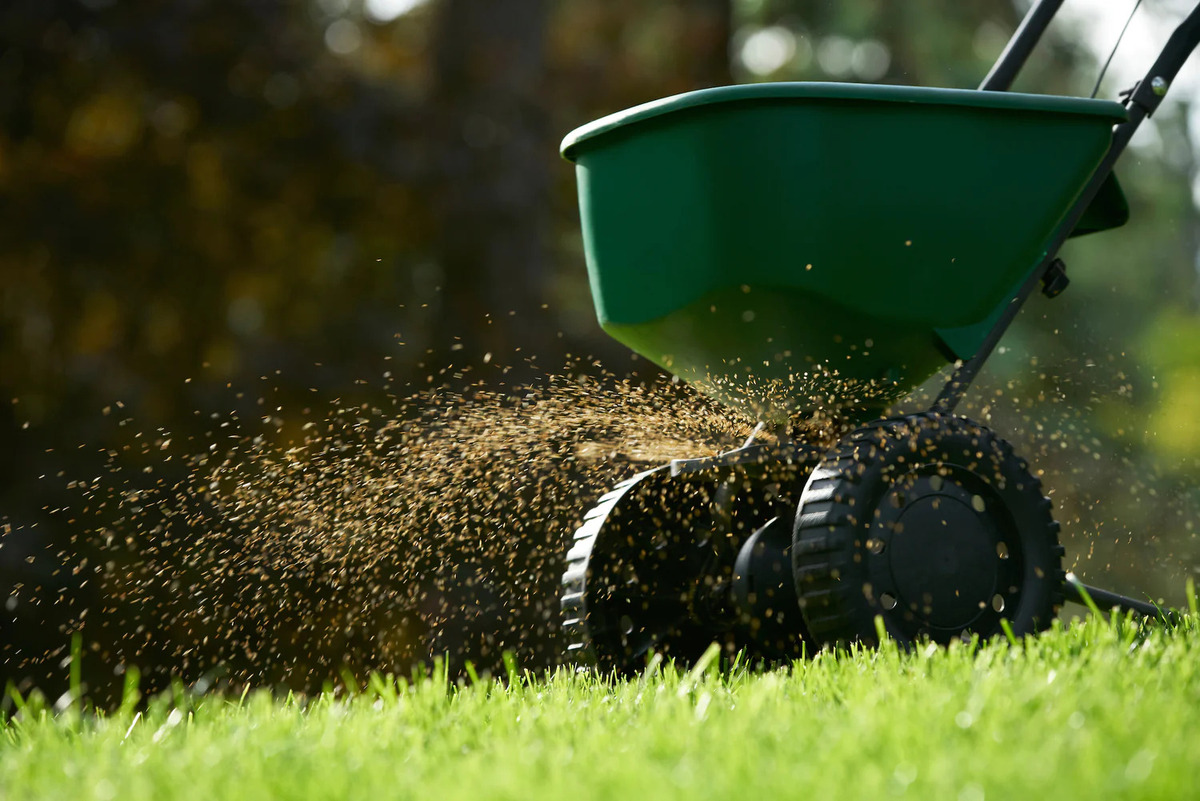
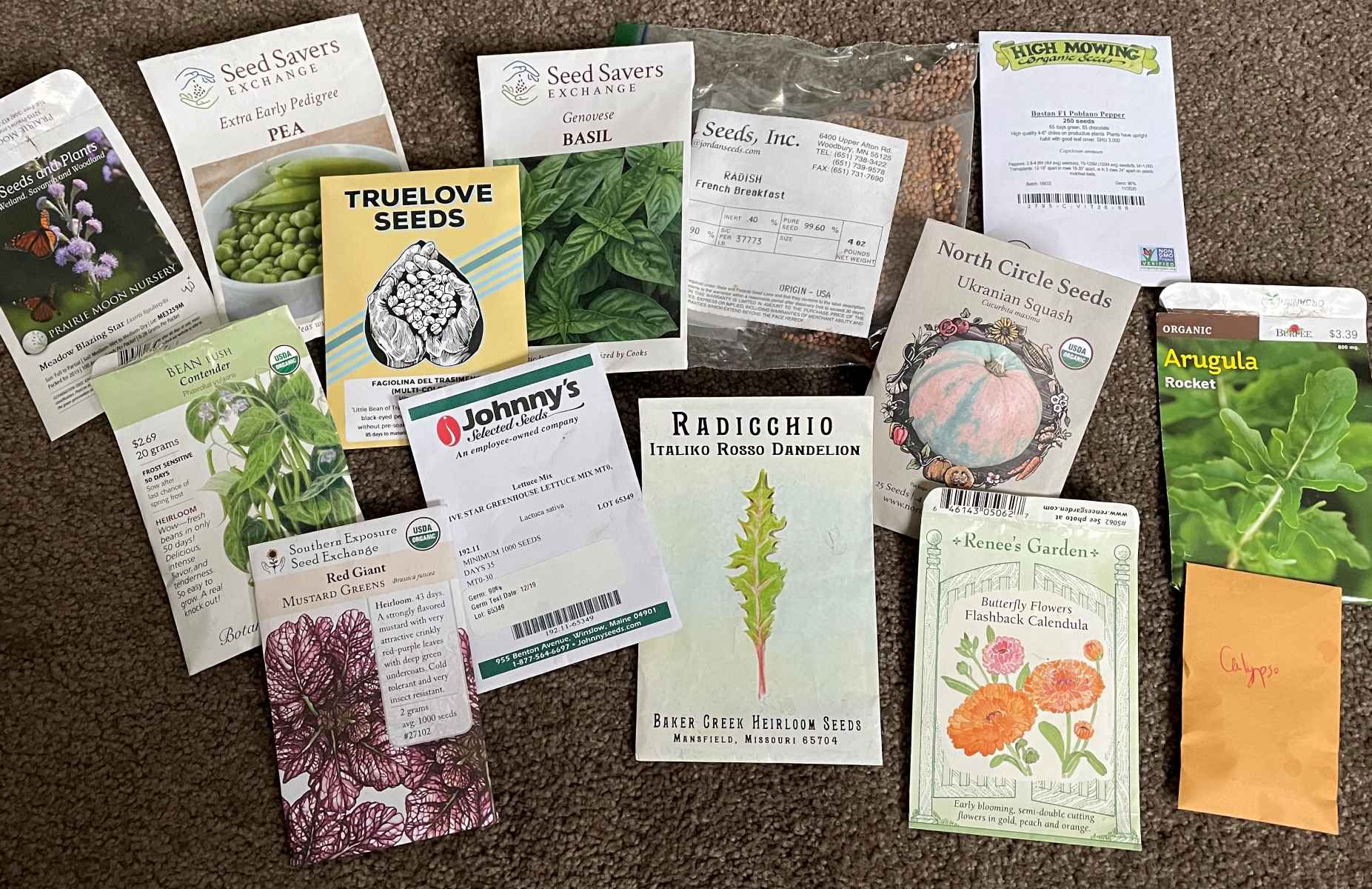
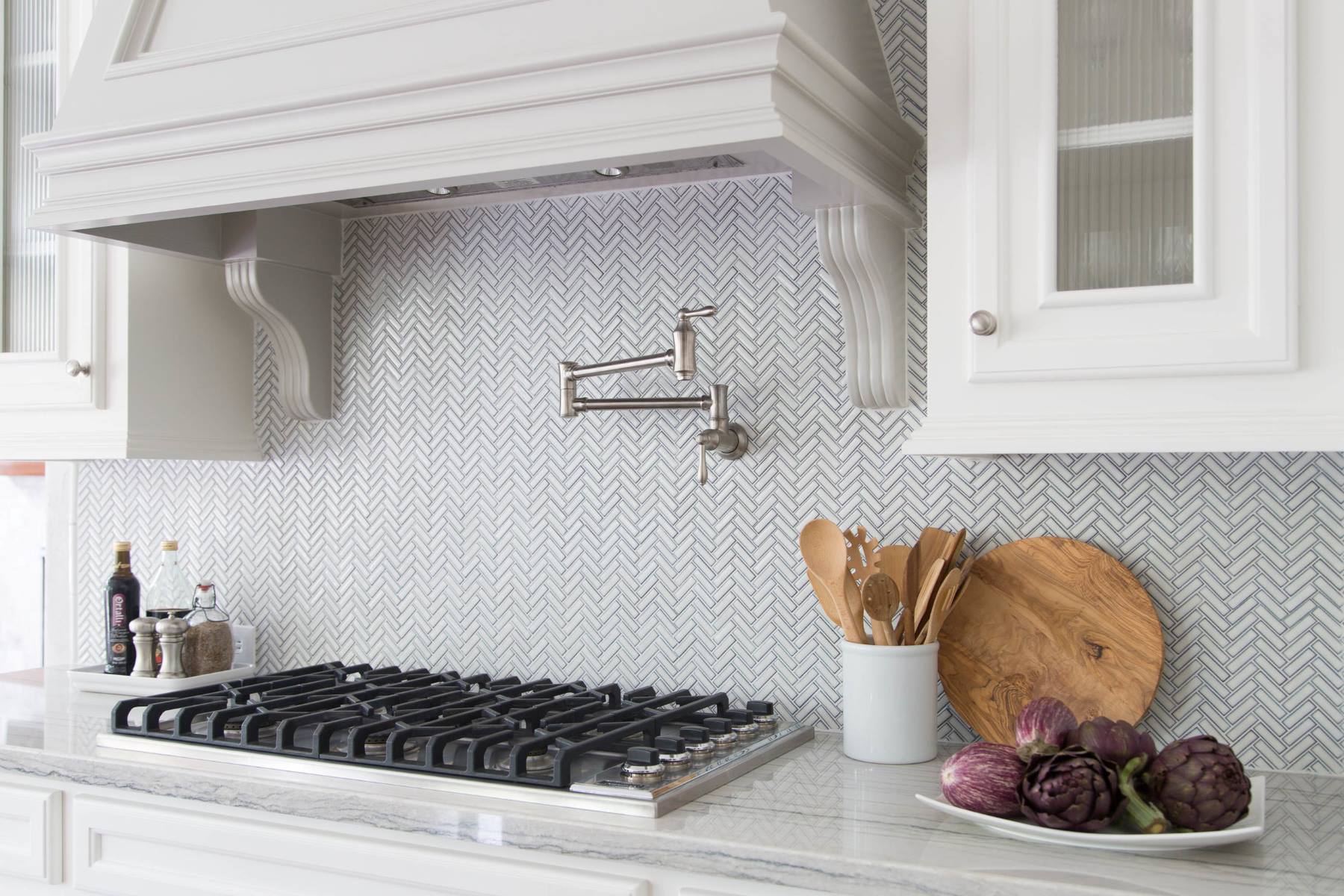
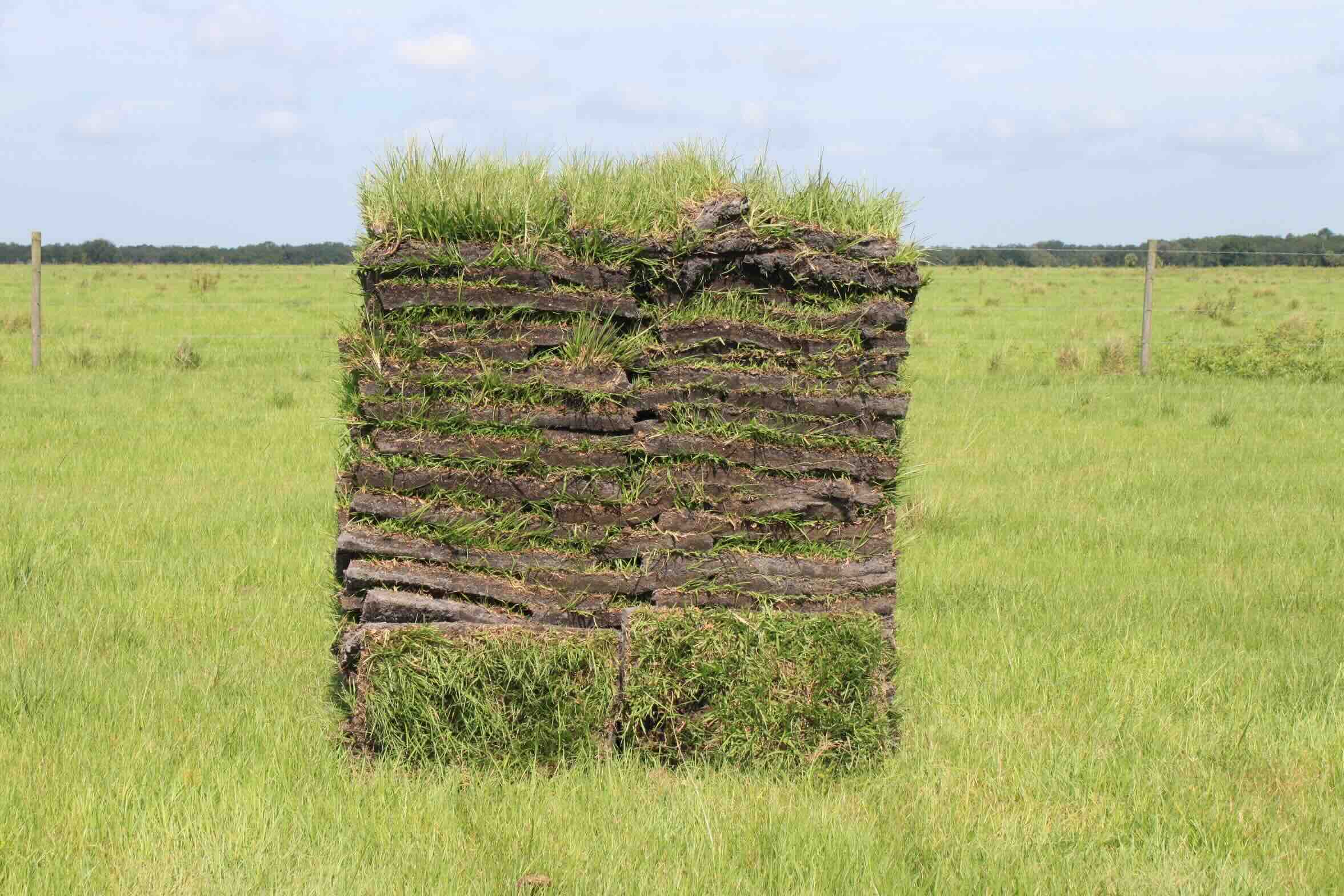
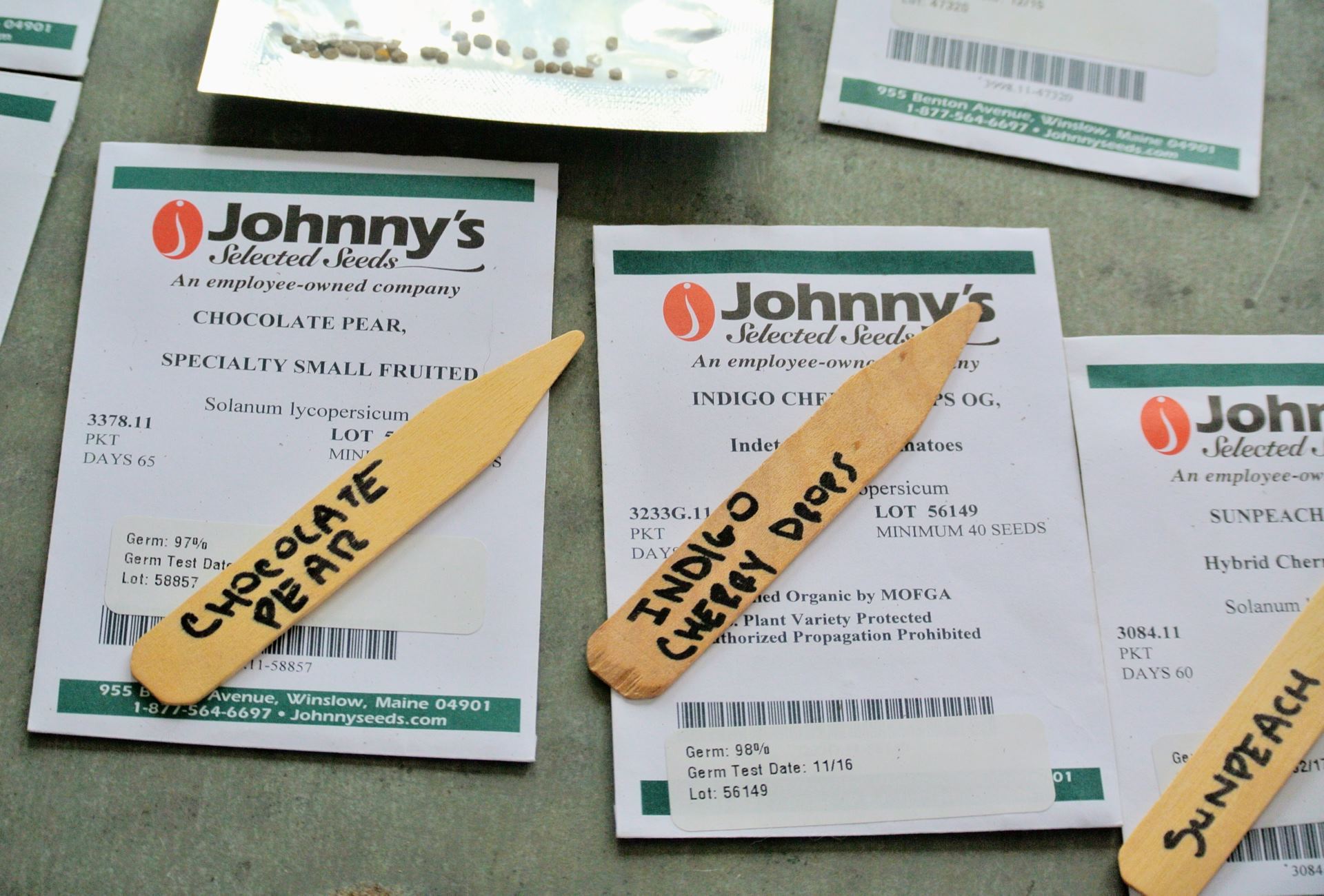
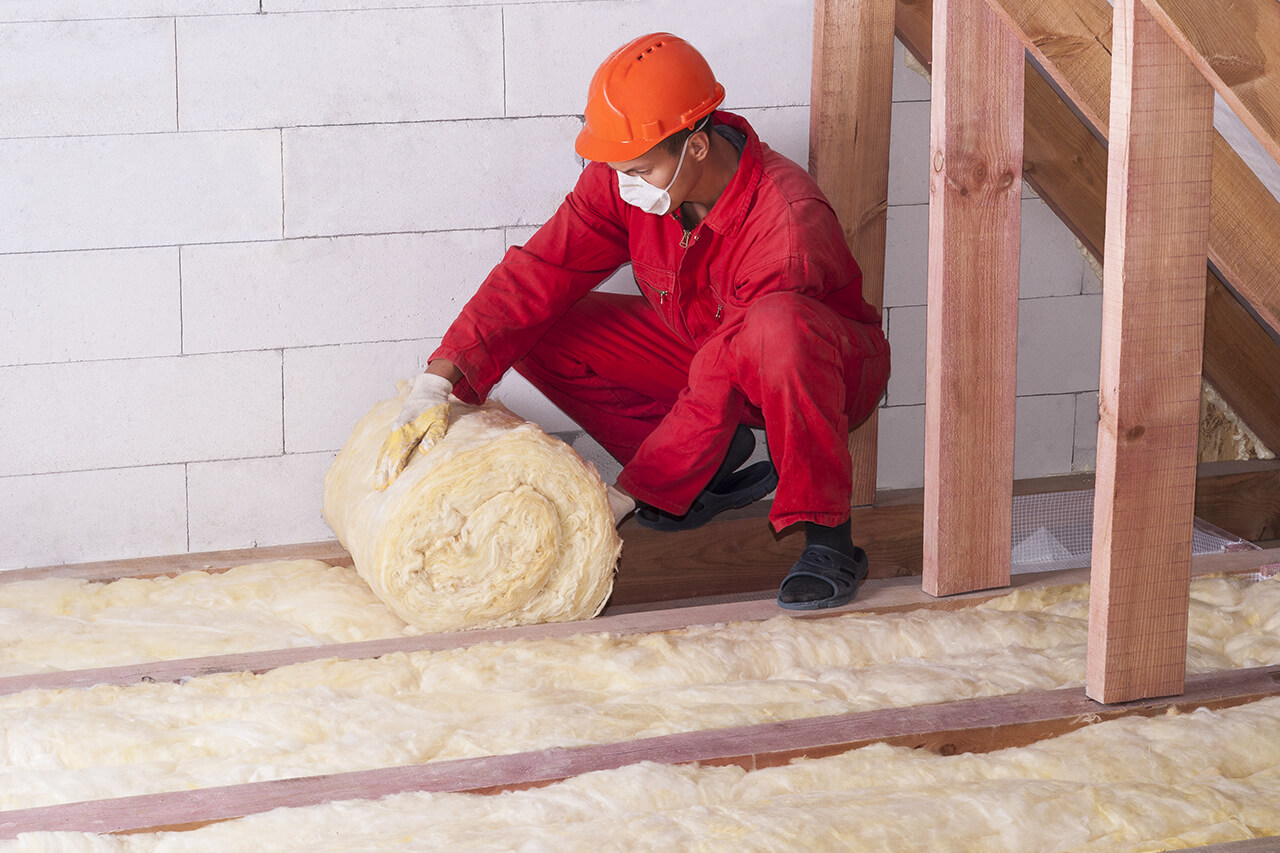


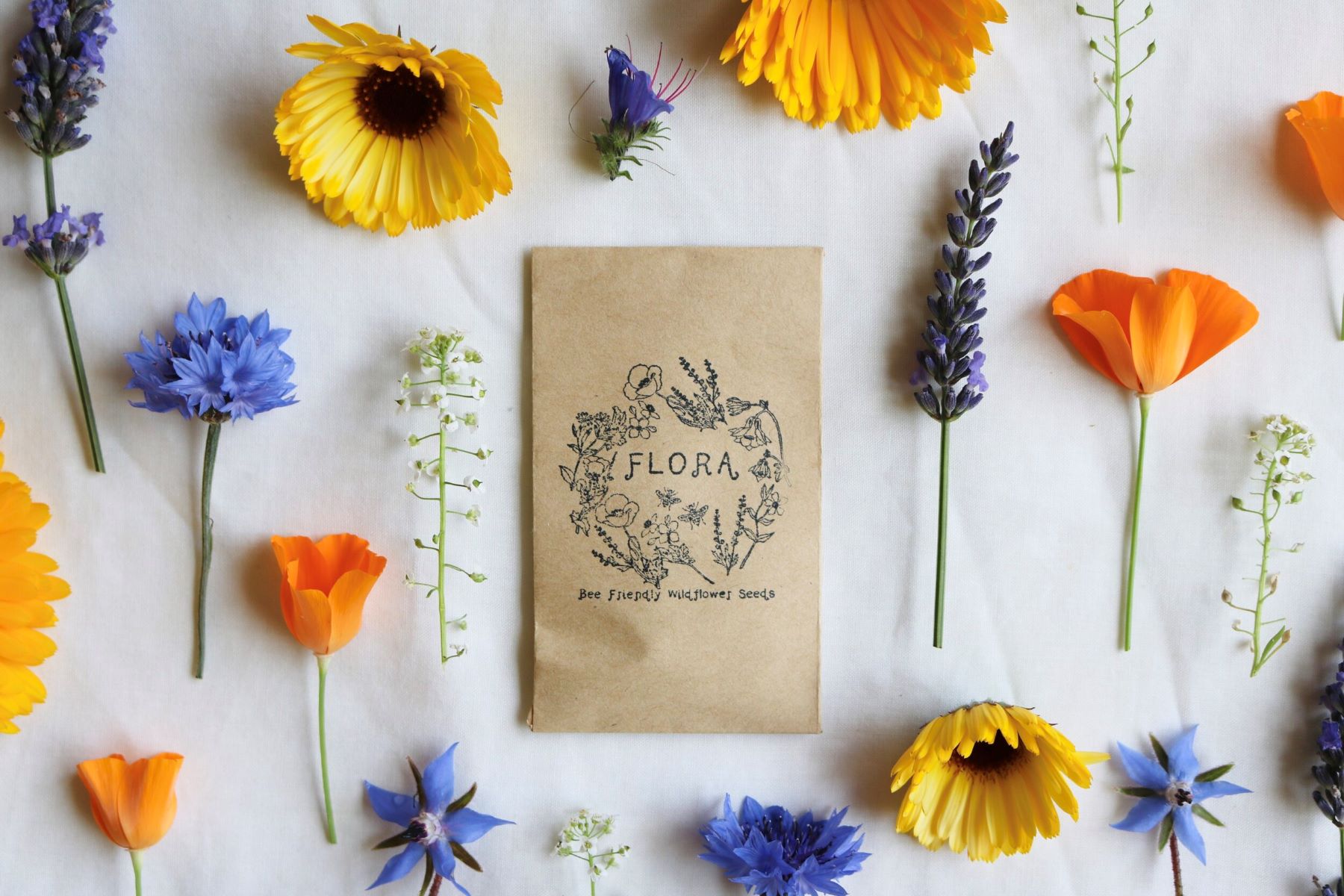
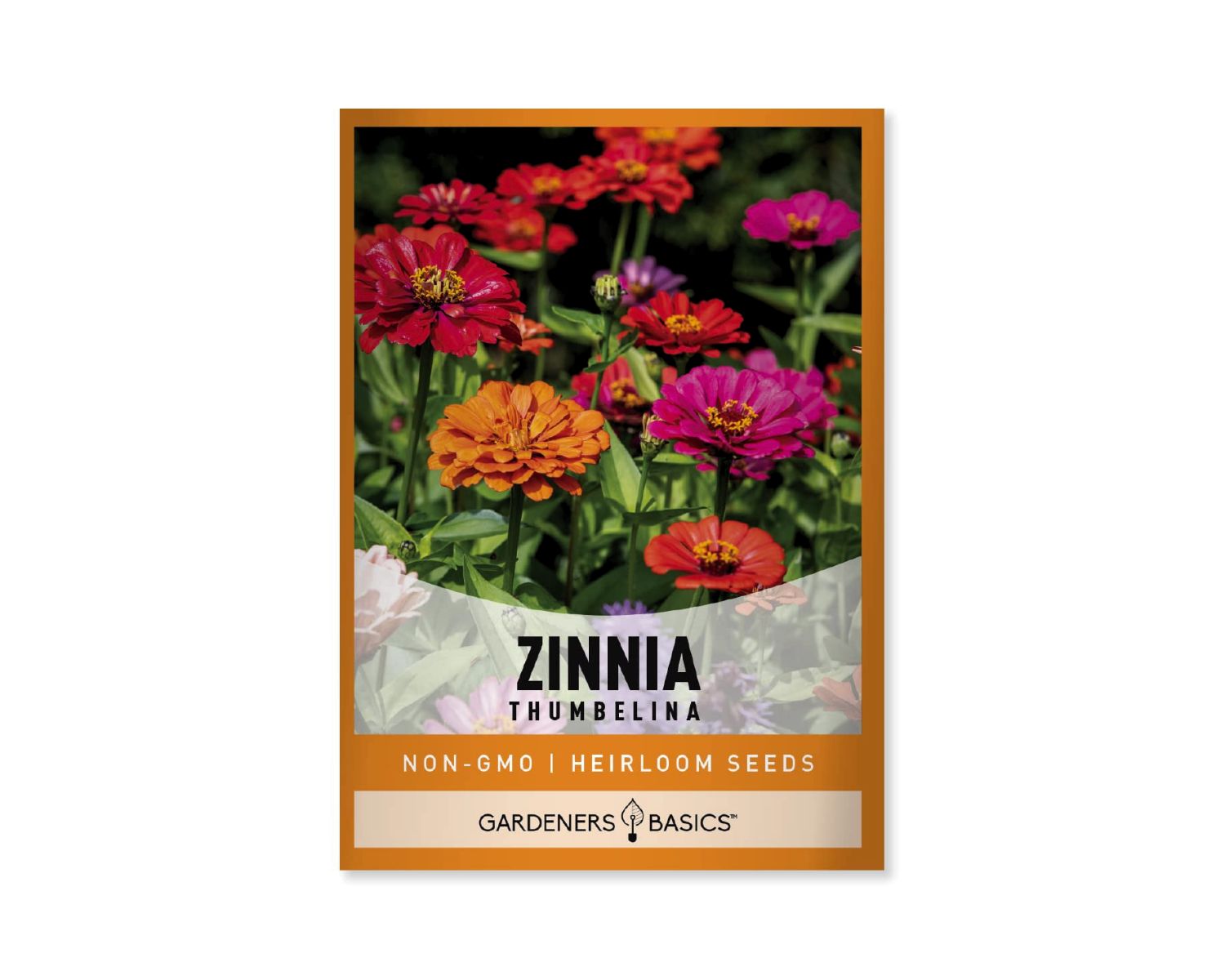
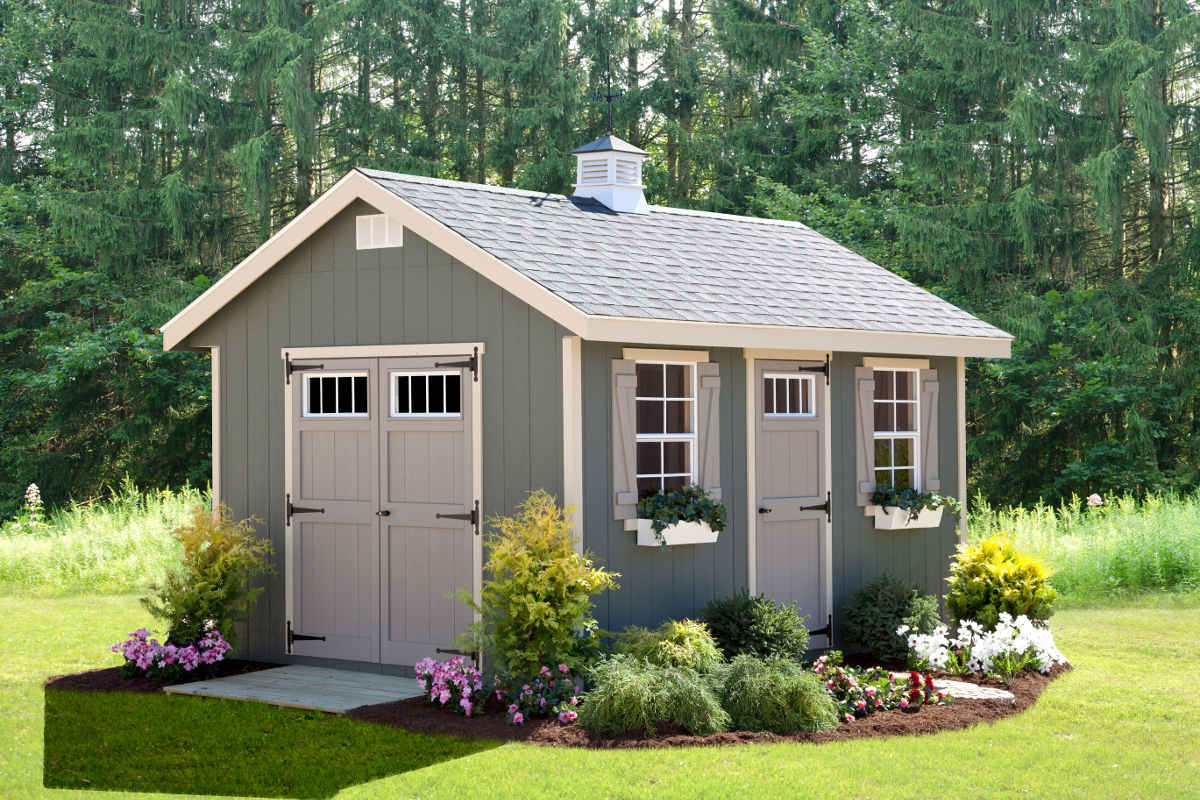
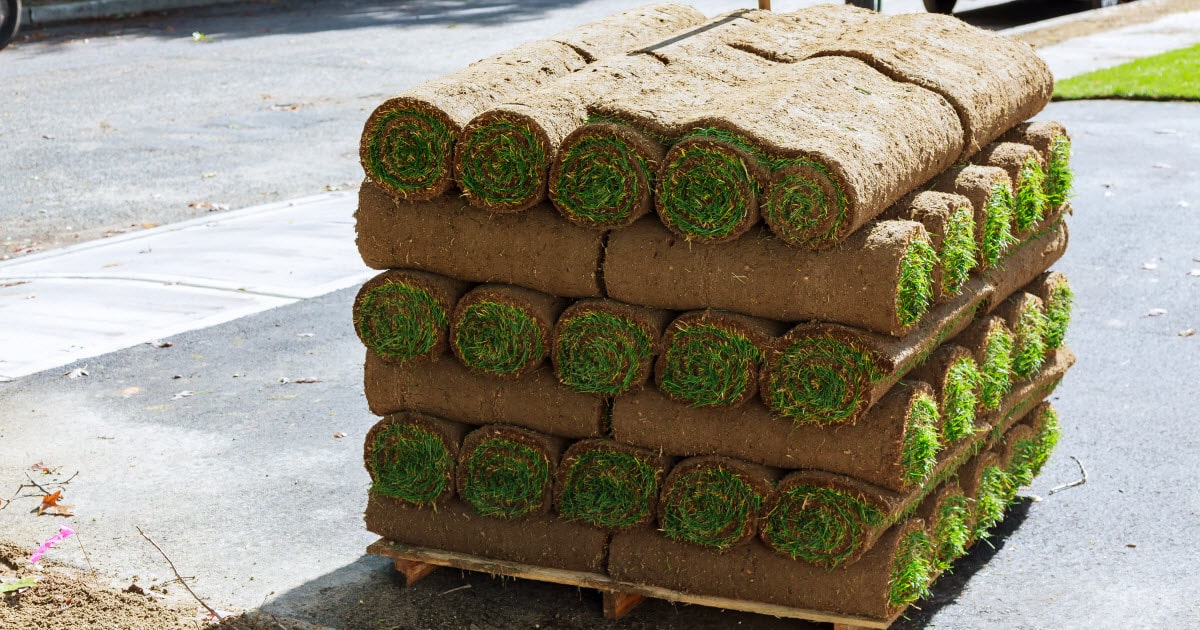

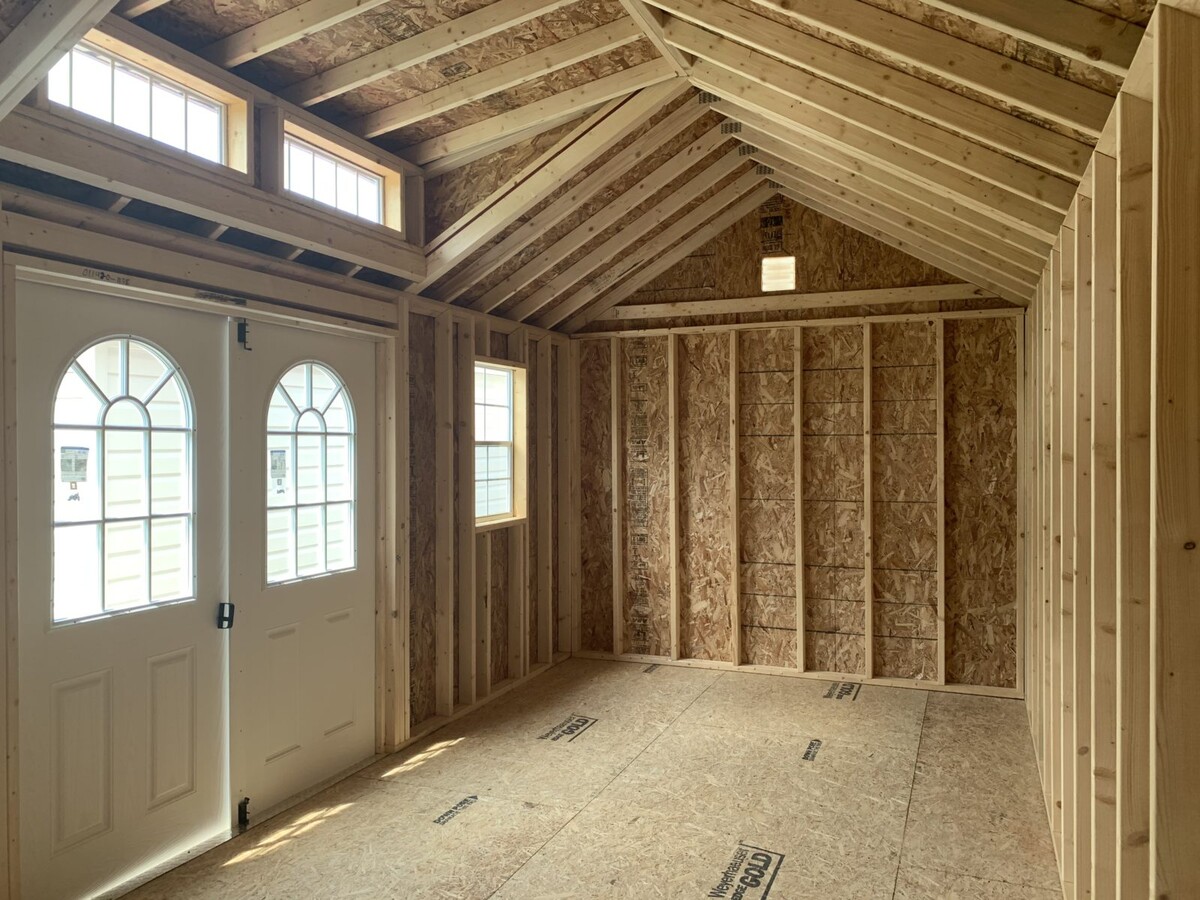

0 thoughts on “How Many Square Feet Does A Wildflower Seed Packet Cover?”